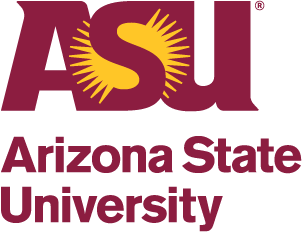The Solar Fab at Arizona State University is a Core Facility that offers start-to-finish solar cell fabrication, characterization and testing capabilities. Additional services include the ability to make modules and perform fundamental reliability testing.

